Humber Bridge among nine Hull locations to be given listed status
- Published
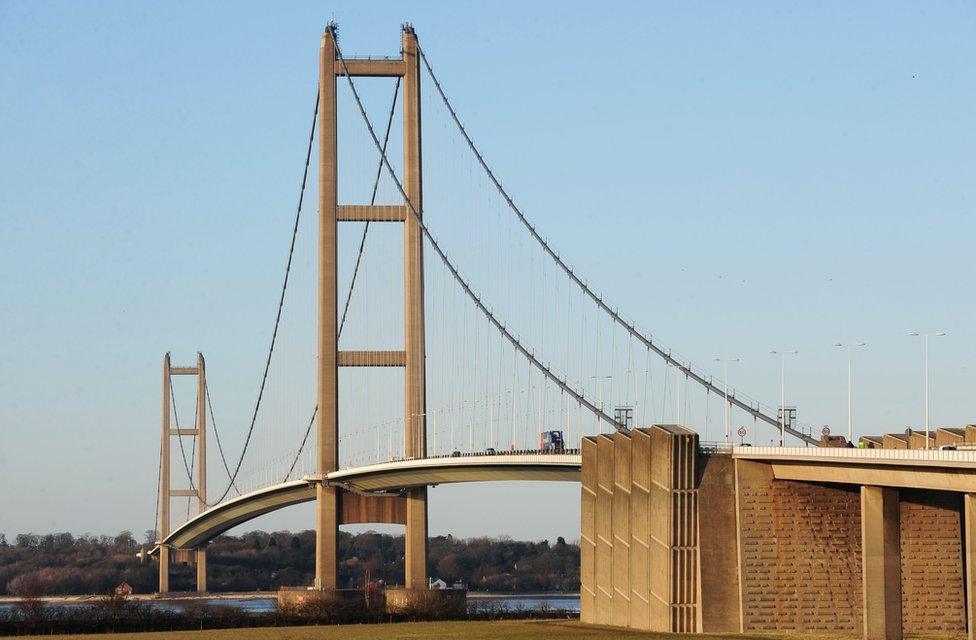
The Humber Bridge took eight years to build and was opened in 1981
The Humber Bridge has been given Grade I listed status on the 36th anniversary of its opening.
The 1,410 metre-long (4,600ft) bridge is one of nine places being listed in a celebration of Hull's heritage.
Poet Philip Larkin's home at Pearson Park; the Tidal Surge Barrier; and a set of Edwardian-style toilets are among other sites to be recognised.
Historic England said: "Hull has a proud story told through its historic buildings and places."
Drone footage of the 1,410m Humber Bridge
Work on the Humber Bridge began in 1973 and it was opened by the Queen on 17 July, 1981.
It was the the longest single-span suspension bridge for 16 years and remains in the top 10 longest spans in the world.
Historic England described it as a "formidable engineering feat", which "despite its great size and strength has a simple elegance in harmony with the landscape".
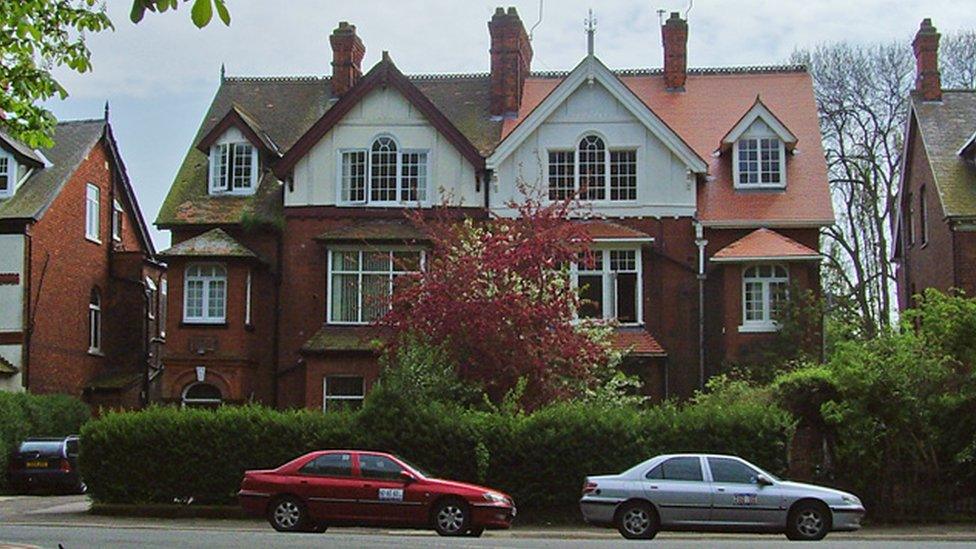
Philip Larkin lived in a flat at 32 Pearson Park (above right) for 18 years

Larkin's final collection of work, "High Windows", was inspired by his flat at 32 Pearson Park
Larkin's flat at 32 Pearson Park, where he lived for 18 years when he worked as Hull University librarian, has been given Grade II listed status.
He wrote some of his best-known works sitting in the front room of his flat overlooking the park.
Some, such as Toads Revisited, specifically reference the park; while High Windows, the title of his final collection, was inspired by his flat.
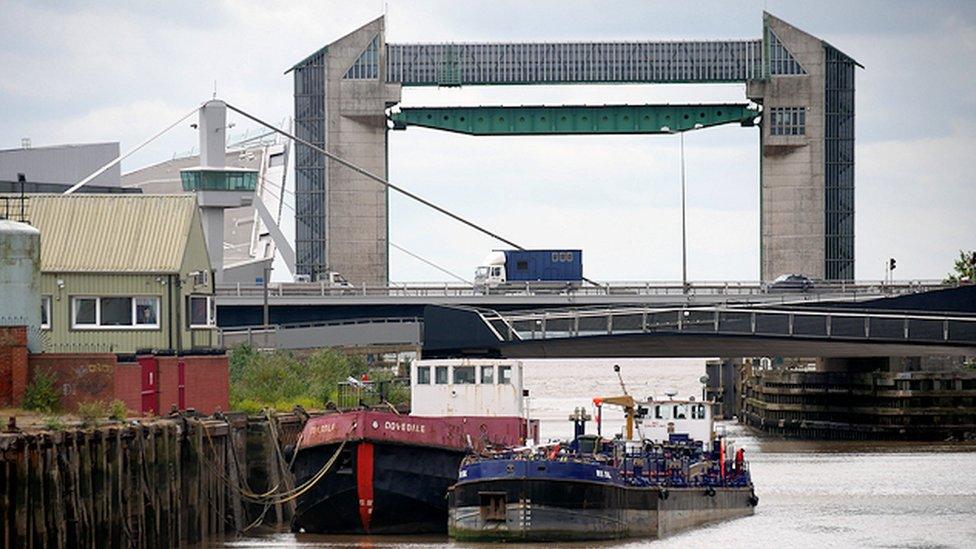
The Tidal Surge Barrier was built to protect the city from flooding
The Tidal Surge Barrier, which is also being Grade II listed, is a prominent landmark in the city where the River Hull meets the Humber.
It was built between 1977 and 1980 to safeguard the low-lying city from flooding from the estuary.
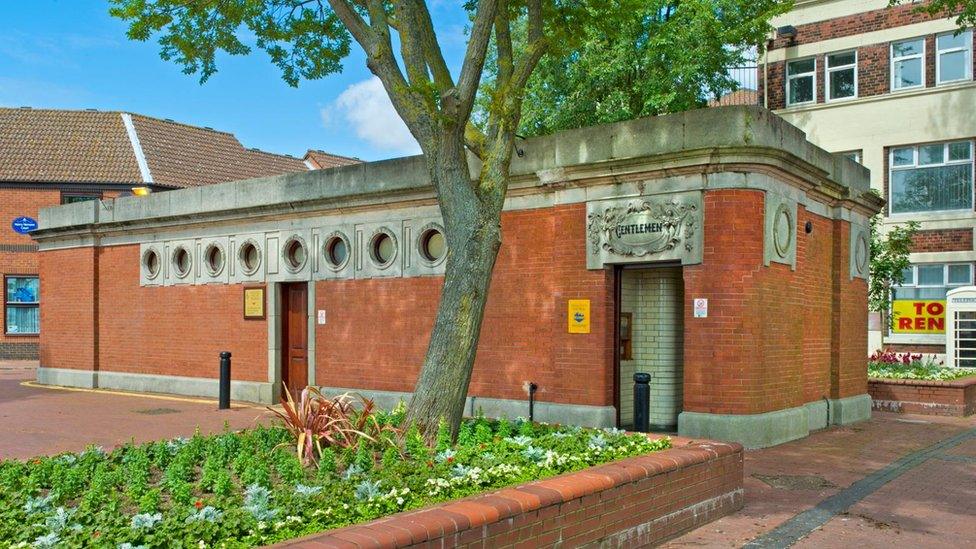
The Nelson Street toilets have been given Grade II listed status
The Nelson Street public conveniences were deemed unusual when they opened in 1926, combining loos for men and women at a time when most public lavatories were for men only.
Behind the Edwardian-style exterior almost all of the the original fixtures and fittings survive. The building is to be listed at Grade II.
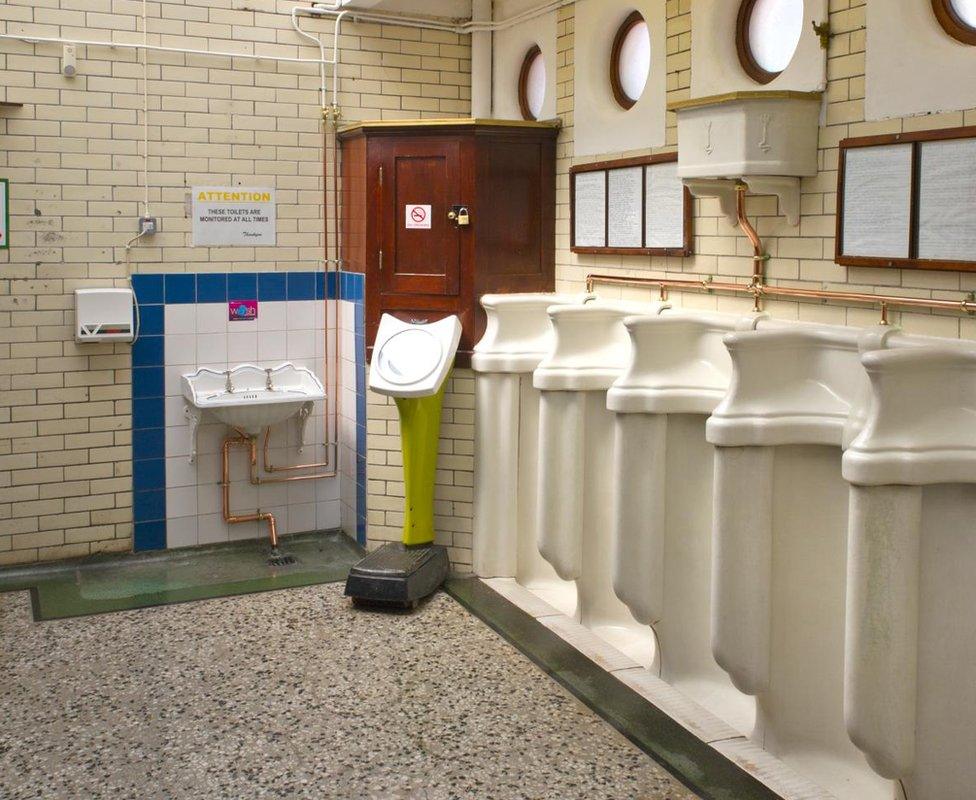
The other structures to be added to the list are:
The grave of Edward Booth, a 25-year-old railway fireman whose death in the 1906 Ulleskelf station train crash spurred new train safety measures. His grave is in Western Cemetery
The homes of J Arthur Rank and Alfred Gelder at 365-371 Holderness Road. Rank has been called "the saviour of the mid-20th Century British film industry" and was born at No 371 Holderness Road shortly after it was built. Alfred Gelder was the only Lord Mayor of Hull to be elected five times in succession, from 1898
St Michael and All Angels Church, Orchard Park Road
The statue of William de-la-Pole in Nelson Street
The Standidge Buildings, late 19th Century warehouses in Chapel Lane.
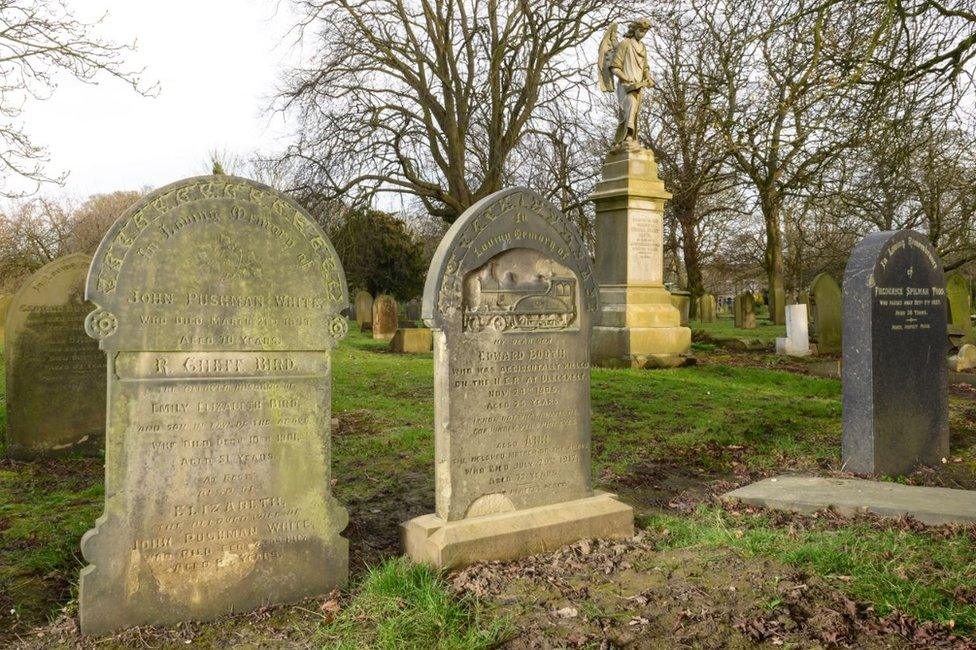
The grave of railway fireman Edward Booth has been given Grade II status
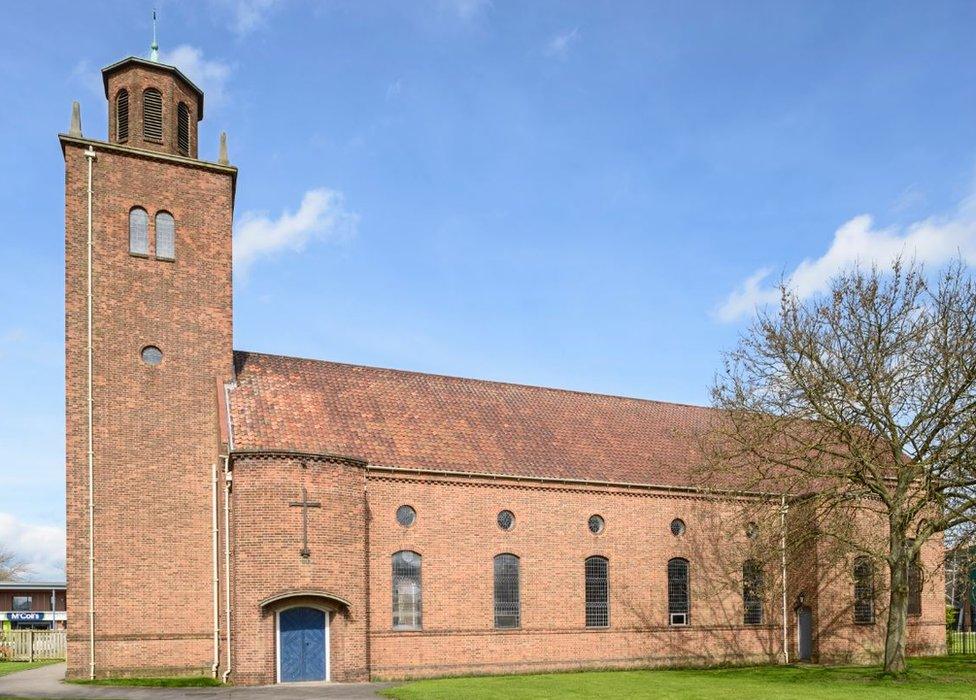
St Michael and All Angels Church was built in 1957 in a neo-Georgian and Scandinavian style
Hull's Old Town was named as one Historic England's 10 Heritage Action Zones in March and is set to benefit from a share of £6m over the next five years.
Heritage minister John Glen said: "The great Philip Larkin wrote of the domes, statutes and spires that make Hull unique but it is also architectural triumphs like the Humber Bridge and Tidal Surge Barrier that have helped build the city's reputation.
"What better time than during its year as UK City of Culture to recognise and celebrate the historical and cultural landmarks which tell the story of Hull's illustrious heritage."
- Published16 May 2017

- Published20 March 2017
